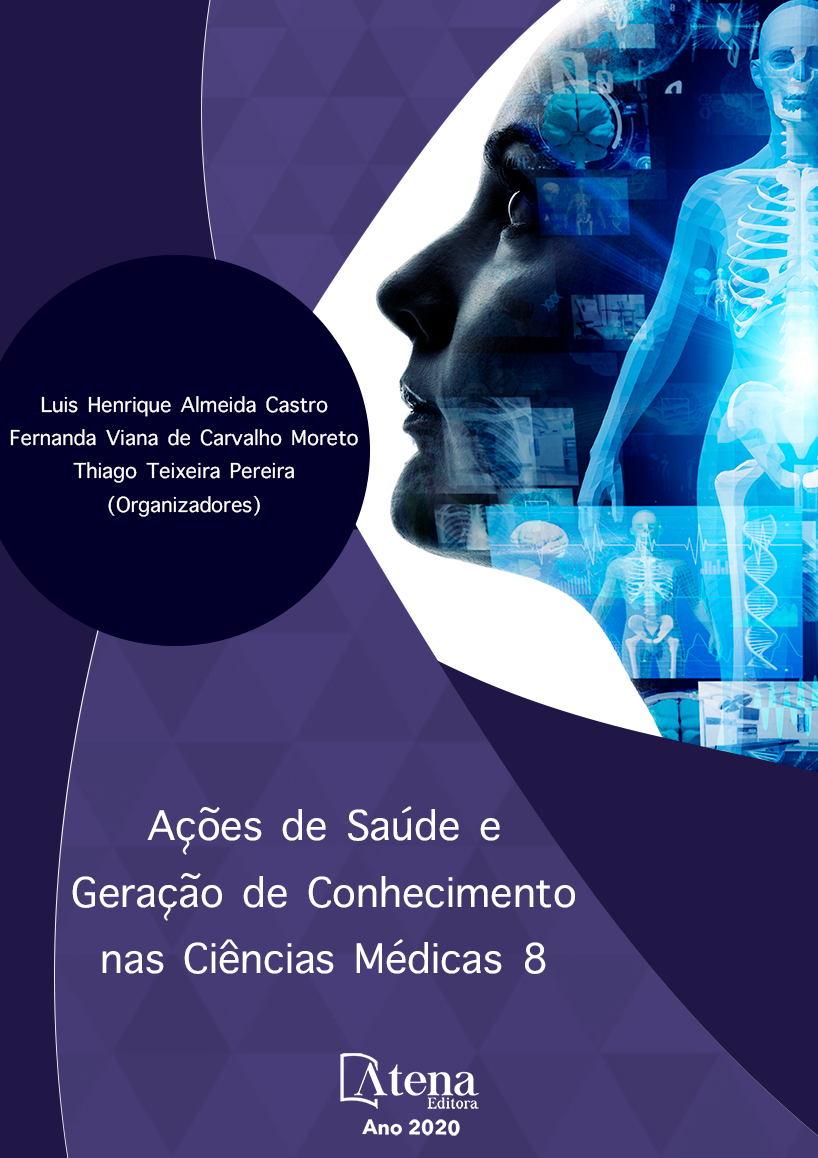
AVALIAÇÃO DO USO DO ANTIBIÓTICO PROFILÁTICO EM CIRURGIAS PLÁSTICAS EM UMA UNIDADE HOSPITALAR PÚBLICA DE BRASÍLIA
Objetivo: Avaliar a adequação do uso do antibiótico profilático em cirurgias plásticas em um hospital público de Brasília. Métodos: Trata-se de um estudo transversal e retrospectivo, investigando-se pacientes submetidos a cirurgias plásticas entre janeiro e dezembro de 2018. A coleta de dados foi realizada através de fichas do relato operatório e prontuários eletrônicos. As variáveis investigadas foram: sexo, idade, desfecho clínico, tempo de internação, classificação do ASA, potencial de contaminação, uso de antibiótico profilático no pré, intra e pós-operatório. A adequação do antibiótico profilático foi avaliada conforme proposto pela ANVISA, no documento Medidas de Prevenção de Infecção Relacionada à Assistência à Saúde, série: Segurança do Paciente e Qualidade em Serviços de Saúde. Resultados e Discussão: A amostra foi composta por 251 pacientes, sendo 66,93% feminino e 33,07% masculino, com idade média de 30,02±20,63 anos, 3,82 ± 4,46 dias de internação e desfecho de alta em 100% dos pacientes. A classificação de ASA 1 foi encontrada em 36,65% e ASA 2 em 28,30% dos pacientes. Quanto ao potencial de contaminação, 45,42% foram limpas e 45,82% contaminadas. As principais cirurgias encontradas foram: Plástica mamária (29,48%), Queiloplastias (14,74%) e Rinoplastia (12,74%). Observou-se que 56,18% dos pacientes não receberam a antibioticoprofilaxia pré-cirúrgica e 34,54% das APC realizadas foram inadequadas; 56,85% da amostra teve uso inadequado do antibiótico profilático pós-cirúrgico, a APC intraoperatória foi realizada em 19,12% dos casos, sendo considerada inadequada em 95,83% das oportunidades. Conclusão: A inadequação da antibioticoprofilaxia foi elevada e observada nos três momentos das cirurgias, sendo maior no pós-operatório, quando considerado números absolutos, onde o APC foi prolongado em mais de 56% dos pacientes, sem justificativas evidentes. A maioria dos pacientes submetidos a cirurgias plásticas não recebeu a APC pré e intra-operatório
AVALIAÇÃO DO USO DO ANTIBIÓTICO PROFILÁTICO EM CIRURGIAS PLÁSTICAS EM UMA UNIDADE HOSPITALAR PÚBLICA DE BRASÍLIA
-
DOI: 10.22533/at.ed.1352022076
-
Palavras-chave: Antibiótico. Profilaxia. Cirurgia plástica. Infecção de sítio cirúrgico.
-
Keywords: Antibiotic. Prophylaxis. Plastic surgery. Surgical site infection.
-
Abstract:
Objective: To evaluate the adequacy of the use of prophylactic antibiotics on plastic surgeries in a public hospital in Brasília. Methods: This is a cross-sectional and retrospective study, investigating patients who were submitted to plastic surgery between January and December, 2018. The data collection was performed through the report forms of the operations and through electronic medical records. The variables investigated were: gender, age, clinical outcome, period of hospitalization, ASA classification, potential for contamination, use of prophylactic antibiotics in the pre, intra and postoperative periods. The adequacy of the prophylactic antibiotic was evaluated as proposed by ANVISA, in the document "Measures for the Prevention of Infection Related to Health Care, series: Patient's Safety and Quality in Health Services". Results and discussion: The sample consisted of 251 patients, 66.93% female and 33.07% male, with a mean age of 30.02±20.63 years, 3.82 ± 4.46 days of hospitalization and discharge outcome in 100% of patients. The classification of ASA 1 was found in 36.65% and ASA 2 in 28.30% of the patients. Regarding the potential for contamination, 45.42% were cleaned and 45.82% were contaminated. The main found surgeries were: Breast plastic (29.48%), Cheiloplasty (14.74%) and Rhinoplasty (12.74%). It was observed that 56.18% of the patients did not receive pre-surgical antibiotic prophylaxis and 34.54% of the PCAs performed were inadequate; 56.85% of the sample had an inadequate use of the prophylactic antibiotic after the surgery, intraoperative PCA was performed in 19.12% of the cases, being considered inadequate in 95.83% of the opportunities. Conclusion: The inadequacy of antibiotic prophylaxis was high and observed in the three moments of the surgeries, being higher in the postoperative period, when considered absolute numbers, where the PCA was prolonged in more than 56% of the patients, without evident justifications. Most of the patients who were submitted to plastic surgeries did not receive pre- and intraoperative PCA.
-
Número de páginas: 14
- Fabiana Xavier Cartaxo Salgado
- Letícia Reis Kalume
- Amanda Cristina de Souza
- Eduardo José Ferreira Sales
- Matheus Moreno de Oliveira
- Ana Helena Brito Germoglio
- Joana D’arc Gonçalves da Silva
- Priscilla Cartaxo Pierri Cartaxo Bouchardet
- Jéssica Danicki Prado Fernandes
- Ana Carolina Gomes Siqueira


